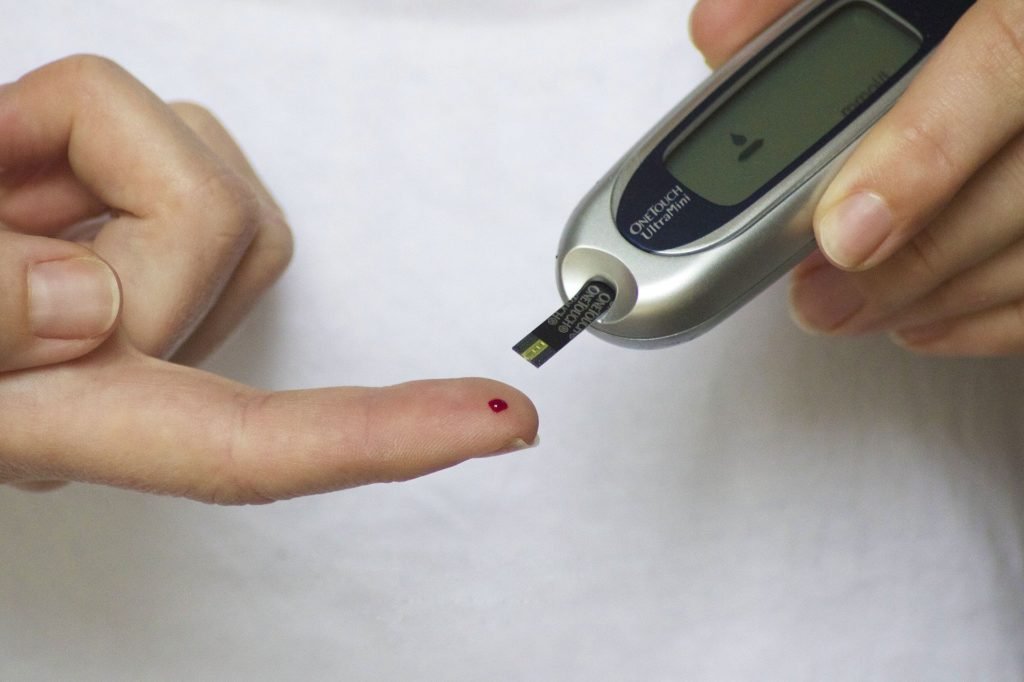Varicose veins are enlarged, swollen veins that can be seen just below the skin’s surface. They often look like cords or ropes and can be blue, purple, red, or flesh-coloured. Varicose veins are most common in the legs, but they can also form in other body parts. Varicose veins are often a cosmetic concern, but they can also cause pain and other problems. Varicose veins form when the valves in the veins that help blood flow back to the heart become weak or damaged. This allows blood to pool in the veins, making them swell and stretch. If you have varicose veins, South Florida Vascular Associates have specialists who can assess the severity of your problem and recommend an ideal treatment. Here are some of the common methods used to treat varicose veins.
1. Compression Stockings
Compression stockings are tight-fitting socks that help squeeze the veins and keep blood flowing in the right direction. They are often recommended for people with varicose veins, especially during pregnancy or after surgery. Compression stockings come in various styles and colors, and they can be prescribed by your doctor or purchased over the counter.
2. Sclerotherapy
Sclerotherapy is a common treatment for varicose veins. A doctor injects a solution called a sclerosing agent into the veins during this procedure. This solution causes the veins to swell and eventually collapse. The body then absorbs the collapsed veins. Sclerotherapy can be done in a doctor’s office and usually requires no anesthesia. Many people prefer sclerotherapy because it is a relatively simple procedure, and it often provides good results.
3. Endovenous Laser Treatment
Endovenous laser treatment (ELT) is a newer treatment for varicose veins. A doctor uses a laser to heat and collapse the veins during this procedure. ELT is usually done in a doctor’s office and does not require anesthesia. This treatment is safe and effective, and it may offer better results than sclerotherapy.
4. Vein Stripping
Vein stripping is a more invasive treatment for varicose veins. During this procedure, a surgeon cuts open the vein and remove it. Vein stripping is most commonly used to treat veins in the legs, but you can also treat veins in other parts of the body. Vein stripping is major surgery and requires general anesthesia. Because it is a more invasive procedure, vein stripping carries a greater risk of complications than other treatments for varicose veins.
5. Phlebectomy
Phlebectomy is a surgical procedure used to remove veins. A surgeon makes small incisions in the skin during this procedure and removes the veins using a special tool. Phlebectomy is most commonly used to treat veins in the legs, but it can also treat veins in other parts of the body. Phlebectomy is major surgery and requires general anesthesia. Because it is a more invasive procedure, phlebectomy carries a greater risk of complications than other treatments for varicose veins.
To summarize, there are a variety of treatments available for varicose veins. These treatments include compression stockings, sclerotherapy, endovenous laser treatment, vein stripping, and phlebectomy. Each of these treatments has its benefits and risks, so it is important to discuss your options with a doctor before deciding on a treatment plan.


